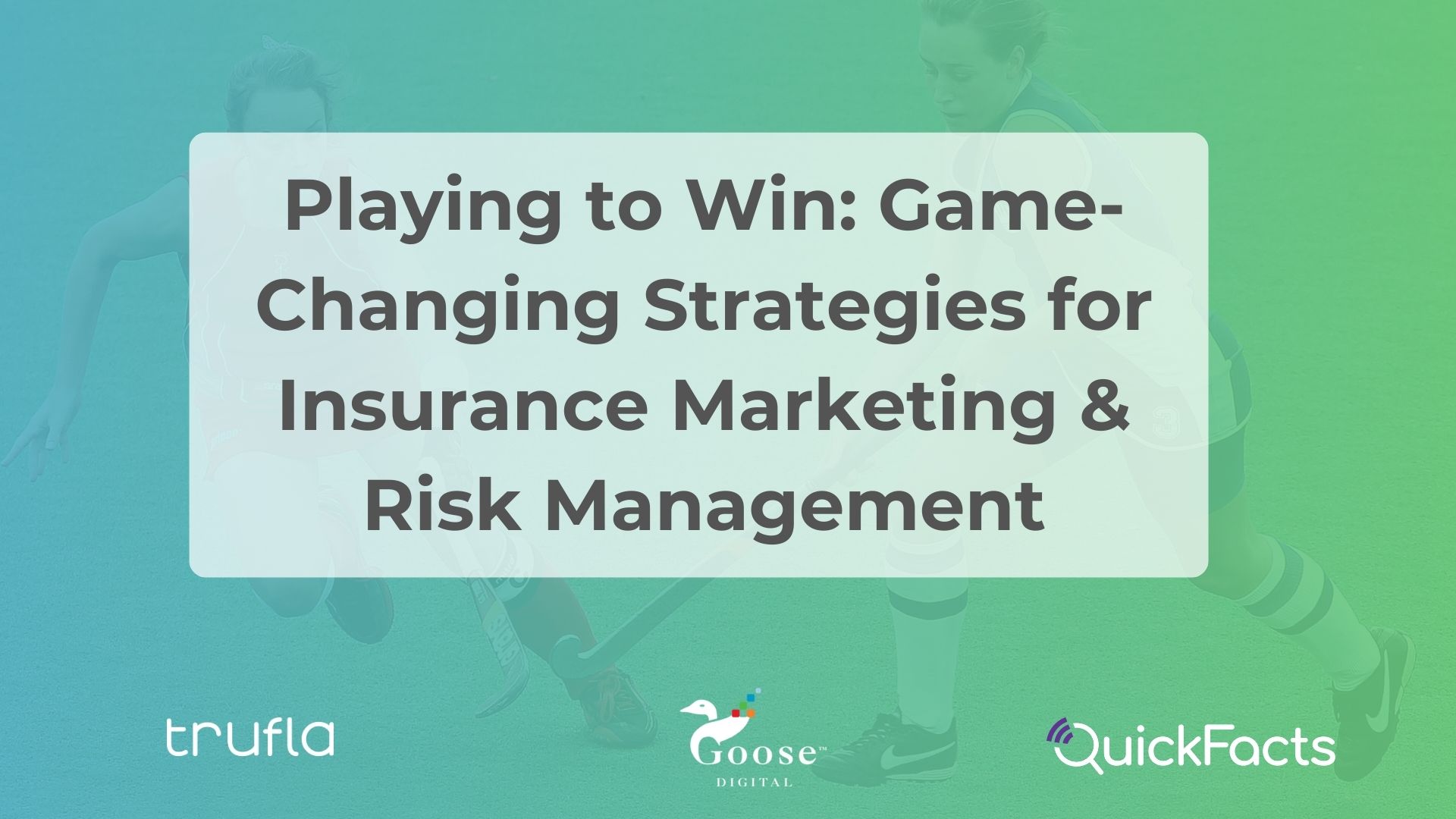
Playing to Win: Game-Changing Strategies for Insurance Marketing and Risk Management
Introduction
The insurance industry is changing fast, and brokers face new challenges like tougher competition, evolving customer expectations, and a spike in claims from catastrophic weather events. To stay ahead, brokers need fresh marketing strategies, smart technology solutions, and solid plans for risk management. This paper breaks down practical strategies to help brokers strengthen client relationships and grow sustainably.
Bridging the Insurance Knowledge Gap
One big hurdle in insurance marketing is the gap between marketers and the detailed insurance knowledge needed to engage customers effectively. Generic messages like “Protect your home with insurance” just don’t cut it anymore. Marketers need a deeper understanding of policies, regulations, and risk management. Fortunately, tools that simplify and organize insurance carrier information can help bridge this gap, making your marketing smarter and more accurate.
The Rise of Educational Marketing
Today’s insurance customers aren’t looking for another sales pitch—they want valuable insights and helpful tips. Educational marketing is becoming the go-to approach because it builds trust and helps customers proactively manage their risks. Topics like flood prevention, fire safety, home security, and auto theft prevention aren’t just important—they grab attention.
Studies show that educational content sees up to 40% more engagement than purely promotional ads. Incorporating educational messages into your marketing strategy doesn’t just boost engagement—it builds loyalty and encourages proactive behavior from clients.
Personalized Experiences Powered by Technology
New tech, like AI-driven customer segmentation, allows brokers to offer highly personalized experiences. By quickly identifying coverage gaps, brokers can proactively address potential issues, improve customer relationships, and manage risks effectively. Personalized messages driven by data analytics and automation make it possible to deliver tailored advice at scale.
This targeted approach improves client satisfaction, boosts policy enhancements, and builds stronger relationships through meaningful, customized interactions.
Effective Crisis Communication
Clear and timely communication is essential when disaster strikes. Effective crisis communication means planning ahead with pre-approved messages, accurate client segmentation, and multi-channel outreach. Brokers who communicate quickly and clearly about evacuation steps, claims processes, and real-time updates significantly strengthen trust with their clients.
Advanced segmentation tech helps brokers quickly target affected policyholders, reducing anxiety and ensuring customers feel supported throughout any emergency.
Building Resilience for the Future
Proactively educating your clients, leveraging technology, and refining your crisis communication strategy will build resilience in your brokerage. By focusing on comprehensive risk management and customer-first communication, you’ll establish your brokerage as a trusted partner, ready to handle whatever comes next.
Wrap Up
To thrive in the changing insurance landscape, brokers need to focus on educational marketing, smart technology integration, and well-prepared crisis communication plans. These strategies enhance trust, improve client satisfaction, and set your brokerage up for long-term success.
Interested in learning more or ready to get started? Reach out to industry specialists and tech providers who can help tailor solutions to your brokerage’s specific needs.
This post was written by Tanya Coburn, VP Marketing and Communications at Trufla, in collaboration with Jeff Barsalou, Founder and CRO at QuickFacts, and Jen Pugsley, VP Customer Success at Goose Digital.